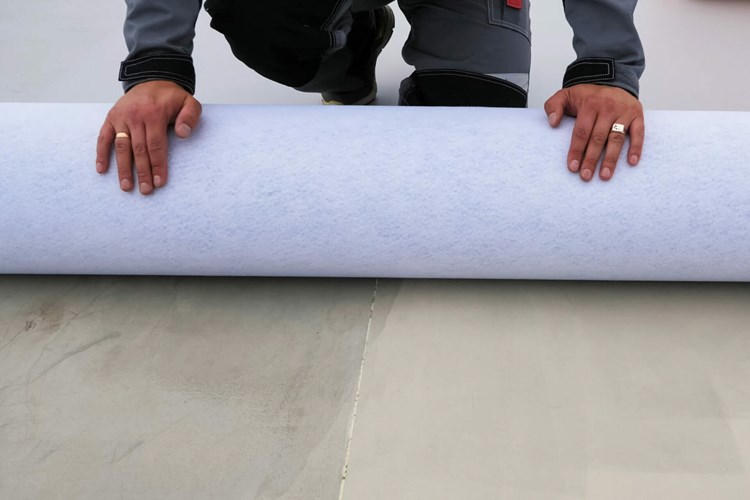Your Guide to Silicone Roof Coatings
By Henderson Roofing
A silicone roof coating system is a single layer (applied in one or two coats) of silicone rolled or sprayed as a liquid to fill in cracks, blisters, and seams. The process does not improve the insulation or underlying system. Still, it does add an extra layer of protection from the elements. Facility owners tend to opt for a roof coating system in Westerly when their roof is in good shape but needs to be renewed from older age and normal wear and tear. Below you'll learn more about silicone roof coatings to see if they're right for your commercial property. ![]()
How Do Silicone Roof Coatings Get Installed?
The process of installing a coating system is straightforward. First, an infrared inspection is performed to see if there are any wet areas of insulation under the membrane. After those wet areas have been removed and replaced, the entire roof surface is power-washed clean to remove any contaminants. After the primer has been installed (if needed), the seams of the membrane are then reinforced. Once all miscellaneous repairs have been performed to the existing roof system, silicone is sprayed or roller applied over the roof's entire surface. After the silicone coating system has been completed, a final inspection will be performed by a third party or the manufacturer's representative. This is to verify all necessary repairs were performed correctly and that the silicone is applied with the right amount of thickness.
Pros Of Silicone Roof Coatings
Extended Life Roof
If your roof is in relatively good condition, you can extend its life by protecting it from the elements. Since the silicone is applied as a liquid, it fills in any seams, cracks, or other vulnerable areas of your roof.
Seamless And Fluid-Applied Installation
Silicone roof coatings are installed through a spray gun, or if it's very windy, they can be rolled on. This reduces the installation time on roofs with many vertical walls, HVAC units, drains, pipes, skylights, etc.
Reduced Energy Expenses
Silicone roof coatings are often referred to as cool roofs due to their ability to keep facilities cool. The bright white color reflects UV rays, reducing energy costs by 35% by reducing air conditioning usage to keep the facilities cool.
Short Project Duration
Cons Of Silicone Roof Coatings
![]()
Expertise
It may appear easy to install silicone coating because it's similar to painting the walls in your home, but the coating will not last if the roof isn't prepared correctly.
Difficult to Adhere to Silicone
They say that nothing sticks to silicone besides more silicone. This is true. You—ll most likely need to remove the silicone layer before installing a different roofing system.
Increased Safety Concerns
Another risk of using a waterproof material such as silicone to coat your commercial roof is when the surface gets wet. It tends to be more slippery than a typical roof system. The wet coating can be an added risk for personnel managing units, skylights, or roofing issues on the roof.
Loss of Reflective Properties
The silicone layer is prone to hold dirt and allow the rain to wash it away. Like any roofing solution, the natural elements will wear the silicone coating down over time. This means that over time you will lose some of the reflective properties that contribute to your facility's energy savings.
Application Smell
Suppose silicone is installed on a roof with many fresh air intakes, like a hospital. In that case, these intakes need to be sealed during installation. This is because silicone has an unpleasant smell when it's curing. It's not a huge negative, as the smell doesn't last very long. Still, it's something a roofing contractor needs to take caution with during installation. Are you ready to see if silicone roof coatings are right for your property? Call Henderson Roofing today, we're ready to help!